"We almost think postpartum is harder than labor and birth," say Gina Gonley and Roxanne Albert. Conley and Albert are sisters, moms, and experts in women's health. They specialize in prenatal and postpartum fitness at MamasteFit.

After giving birth, there are many surprises during the postpartum period as you care for your baby and recover. Conley and Albert have seen and experienced it all.
Conley holds a Masters of Science in Exercise Science and is also a birth doula while Albert holds a BSN, and is a Labor and Delivery Nurse and student midwife. We asked Conley and Albert your questions about postpartum health and fitness. Read on to learn about abdominal separation, back pain, pelvic floor health, and more.
What Are Common Postpartum Women's Health Issues?
"Common problems we see postpartum physically are leaking urine, feeling of pelvic heaviness, or diastasis," Conley and Albert say. These issues relate to pelvic floor health and abdominal separation. What are these conditions and what symptoms do they create?
Pelvic Floor Health and Pelvic Floor Exercises for Women
In the pelvis, both men and women have a set of muscles. Known as the pelvic floor muscles, they help support your bladder, rectum, and uterus. For women, pregnancy and childbirth can sometimes put stress on these muscles, leading to pelvic floor dysfunction.
Some common symptoms of pelvic floor dysfunction are:
- Leaking urine or stool
- Constipation
- Increased need to use the bathroom
- Pain in the pelvic area
These aren't the only symptoms. Pelvic floor dysfunction can impact your quality of life. If you notice any of these symptoms, Conley and Albert recommend getting in touch with an expert. Exercise programs can help relieve pelvic floor dysfunction.
Kegel exercises have become popular in recent years. During kegel exercises, you hold and then relax your pelvic muscles. Although they can be a great tool, they aren't the only postpartum pelvic floor exercises. UT Health Austin pelvic floor physical therapist Maureen Ryan Christian explains that some women may need help relaxing their muscles instead of tightening them.
Conley and Albert recommend breathing exercises, which are ok for everyone to try. In addition, you can work with a fitness expert or physical therapist who can tailor a program to your needs.
Diastasis Recti
Pregnancy stretches your core muscles. You have several ab muscles, including the rectus abdominis muscles. Connective tissue called the linea alba connects the abs. During pregnancy, these muscles and tissues can stretch out, creating separation.
Diastasis recti creates a bigger gap between the left and right abdominal muscles. This means your tummy may bulge slightly.
In the postpartum period, many people's linea alba returns to normal. However, if the gap persists, you may have diastasis recti. The condition is common and may affect up to 40% of women at 6 months postpartum.
Sometimes you can see diastasis recti when you sit up from a lying position. Your abs may create a dome or cone, or you may feel the gap on your stomach. The condition can also cause pain, incontinence, constipation, and more.
Postpartum Back Pain
Bending over your newborn for diaper changes and holding them can cause back pain. Combine that with weak abdominal muscles after pregnancy, and back pain can get pretty bad. This is a common issue for new mothers that can improve with the right postpartum exercise program.

Postpartum Mental Health
Conley and Albert say, "Emotionally and mentally, common issues we see are feeling overwhelmed and tired." Lack of sleep, caring for an infant, and healing your body are exhausting.
Be sure to check in with your primary care provider to rule out other causes. Postpartum anxiety and depression (PPA/PPD) are also common. Fortunately, treatments are effective for both PPA and PPD. Incorporating fitness and exercise into your daily activities can also support your mental health.
Your Questions About Postpartum Health and Fitness
Conley and Albert answered our followers' questions about postpartum health.
Follow us on Instagram to get the chance to ask experts your questions.
Q: How often should I be doing pelvic floor exercises after birth?
Conley and Albert: You can do pelvic floor exercises in the form of breathing exercises starting the day of birth. This can help you regain that connection with the pelvic floor. How often you should be doing actual exercise will depend on if there is any dysfunction after birth.
Ideally, you can do the breathing exercises once a day. Then, you can begin more formal exercises starting between 4-10 weeks postpartum 3-4 times a week.
Q: I have some ab separation that worsened after my second pregnancy. My youngest is now 3 years old. Can I still improve this? How?
Conley and Albert: Many people wonder how to fix diastasis recti years later. You can still improve your diastasis recti (ab separation) after birth. Seeing a pelvic floor PT to address your personal situation can be beneficial. Starting with breathing exercises and also incorporating certain cross-body movements can help heal that diastasis.
Q: What are some signs you should see a fitness specialist post-partum?
Conley and Albert: We are firm believers that everyone could benefit from an assessment from a pelvic floor PT postpartum! Some signs you should seek assessment are:
- Any pain with penetration
- Feeling of heaviness in the pelvic floor or like something is falling out
- Any issues with peeing or having bowel movements
- Hemorrhoids
- Musculoskeletal pain like back pain or pubic bone pain
Mamaste Fit on Postpartum Tips
Both Conley and Albert are also mothers. Here are their recommendations for a smooth postpartum period.
"Our top tip for postpartum is to prepare during the prenatal period. We spend so much time preparing for childbirth, but not many prepare for postpartum," Conley and Albert explain. They suggest organizing support such as meal trains, freezer meals, and help with your new baby's care.
"Also, educate yourself on what to expect in the postpartum! From night sweats or engorgement, being aware that this could occur can help you be more prepared for what is to come," they explain.
Building Postpartum Health
The postpartum period is beautiful, but also challenging. Exercise and fitness can benefit all women postpartum once they're doctors have cleared them to start. If you experience any symptoms of pelvic floor dysfunction or diastasis recti, be sure to reach out to a physical therapist or fitness expert.
What's your experience with postpartum health and fitness? We'd love to hear from you in the comments below.
Sources:


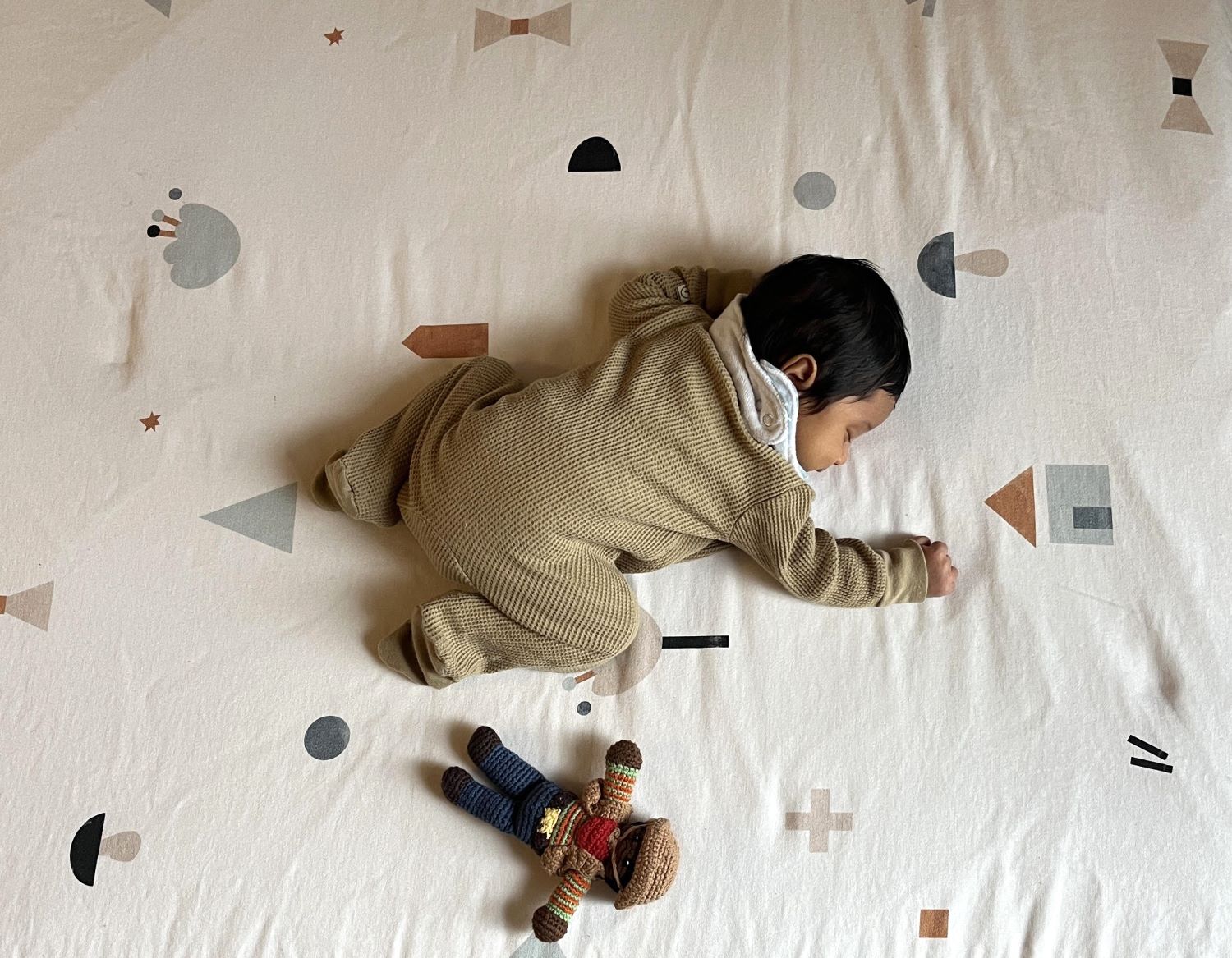

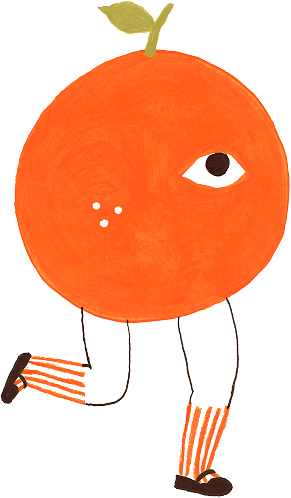
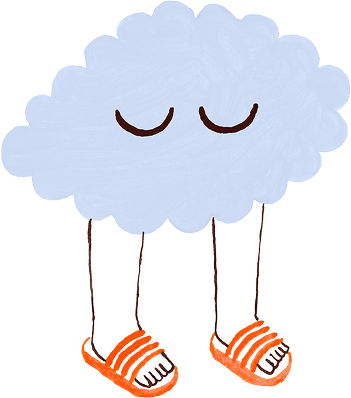
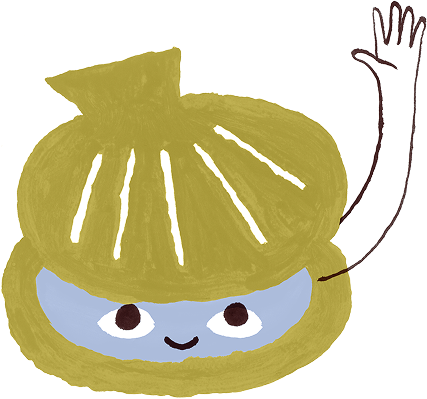
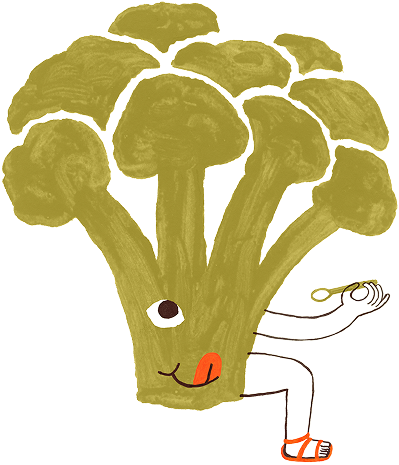
Leave a comment
This site is protected by hCaptcha and the hCaptcha Privacy Policy and Terms of Service apply.